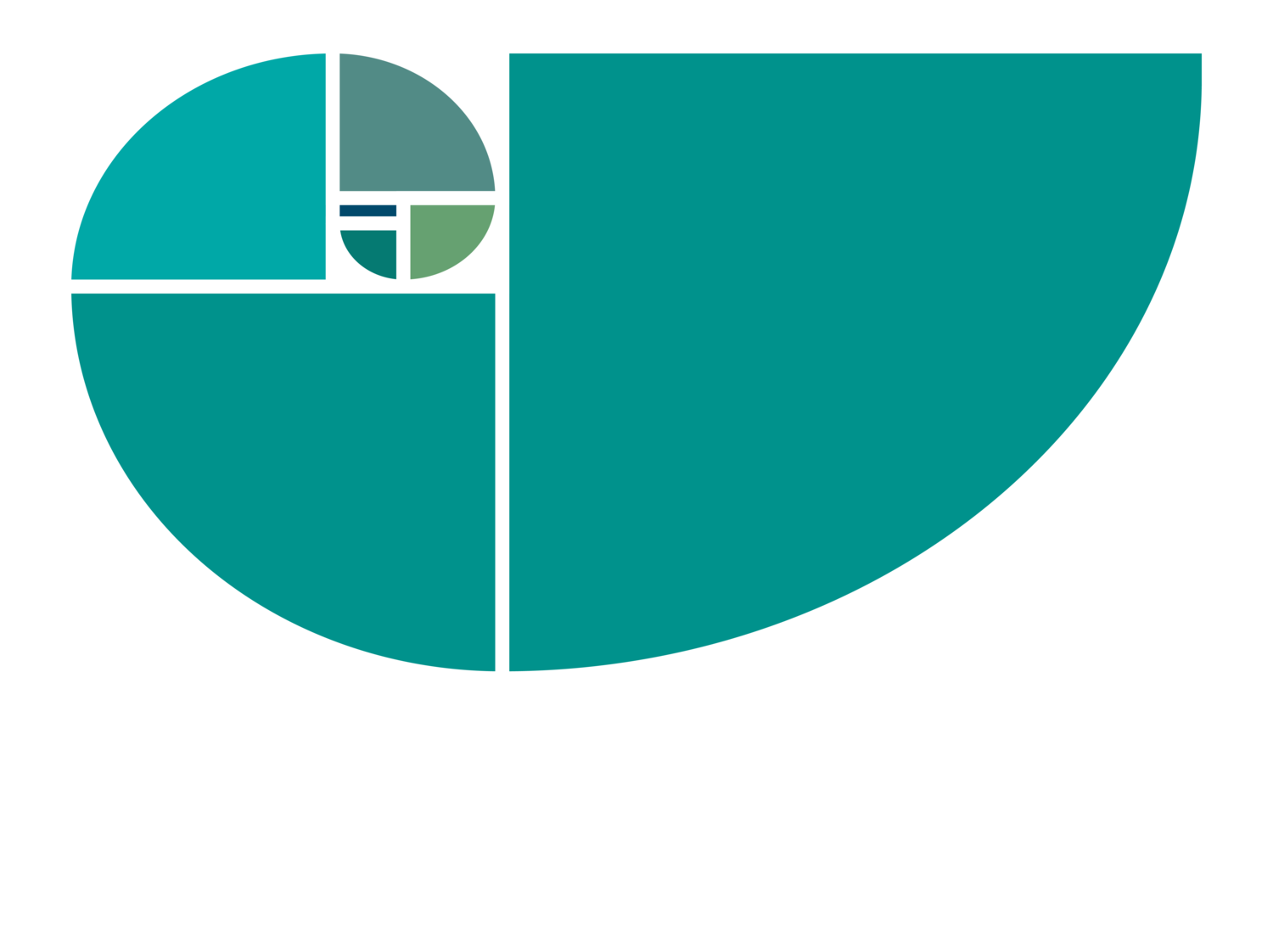Many years ago, I helped a partnership through a tough time. They were ready to split and lose over a decade of hard work building a successful company. Why? They spent 99.99% of their time noting and reinforcing the failures: all the ways their partner was not okay, under par, inadequate.
Conversations were difficult, almost impossible. Work stalled. Strategic confusion reduced profits. Stuck in a downward spiral of negativity, the partners no longer led the company.
Their negative stories diminished both of them. The many months of habitual negativity depressed morale, limited conversations about critical client issues, and overall performance plummeted as managers stopped collaborating across functional lines.
When we began our work together, I asked the partners to highlight what worked, to name their positive attributes and accomplishments. They found it almost impossible.
Over several meetings, my persistence won out and defensiveness gave way to more productive conversations.
We enrolled the team. After learning that appreciative conversations stimulate innovations and link together diverse ideas, they began to fill the flip charts with what was working. Inspiring stories of what they’d accomplished filled the room. Noticing, appreciating, and celebrating animated their conversations long after the meeting ended.
New possibilities emerged. The previously withdrawn partner became expressive; turns out she cared deeply. The explosive partner recognized that her fire was essential to move the company in innovative directions.
Able to once again access individual and collective wisdom, they creatively solved key business problems and designed clear agreements as the basis for the future. Focusing on what is important, they were able to sustain the exchange.
Language is powerful. Habitual negative conversations curtail momentum, maintain status quo and repeat the past. Generative positive conversations create a new future, leveraging opportunities and amplifying what works. An energetic life force rises in an upward spiral of accomplishment, compassion and care.
To discover your own patterns, you might ask yourself:
· Where do I complain instead of objectively naming the problem?
· Where do I stay frustrated instead of making clear requests?
· Where am I a passive victim instead of designing a solution?
If you are ready for a change, try these four steps that the partners used to break the old pattern and get started on creating new results:
Write down your habitual conversation patterns and identify the costs and benefits (you wouldn’t be continuing the habit if it didn’t give you some benefits!) If you can’t hear them, ask someone nearby “What is one phrase or tone that I repeat?”
Write down the results you actually DO want. What are you committed to in the long run? Assess: are you committed to hanging out in your negative conversations? Or are you committed to creating the results you want? List costs and benefits of each choice
Write out the new conversation. Identify anchor phrases with zing, (they need to be sexy, compelling, full of life) that you can use to replace those terribly compelling negative phrases. List: what will this new conversation generate? What is possible?
Practice. Like learning any new skill or developing a weak muscle, this takes practice. Without practice you’ll feel awkward, stop before you start, revert back to old patterns because they are familiar, even comfortable in a weird way. Practice in the car, an elevator, in the mirror, every morning and evening. Before you go into a meeting or conversation, take a moment to jot down key phrases. Give yourself what you need to change.
As we choose new conversations, we are choosing who we are and will be. The quality of our conversations both arise from and transform our worldview or mindset, a key determiner of our behavior and ultimately our results in work and life.
Every day we choose to walk the habitual groove of negative conversations or to step into a generative one, where we can all thrive, with conversations that expand knowledge and initiate the kind of actions that create good, wise work, and solve grave contemporary issues. I hope to see you there.
Additional resources on generative conversations
Robert J. Marshak explores deep listening and transforming talk at the core of generative dialogic conversation, in OD Practitioner, 2004.
Mark Holmgren lays out 4 types of generative conversation that I found interesting.

